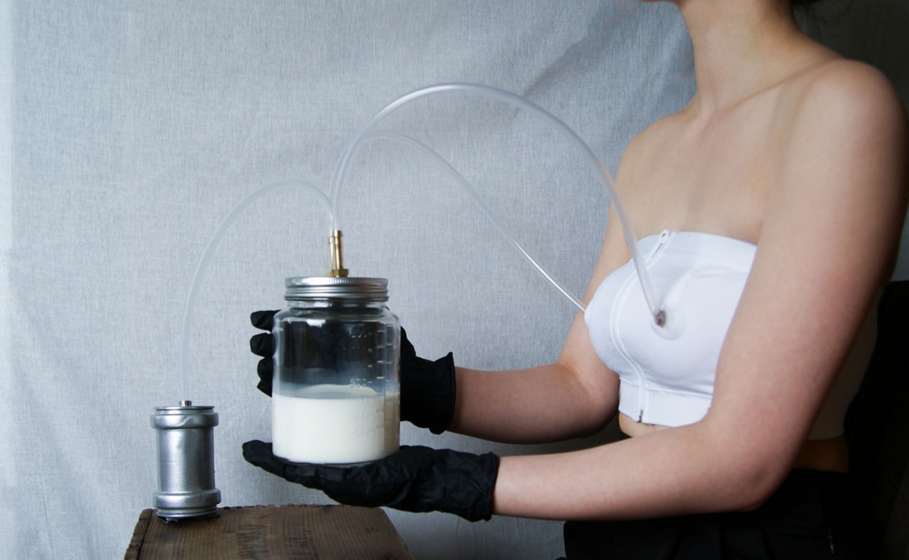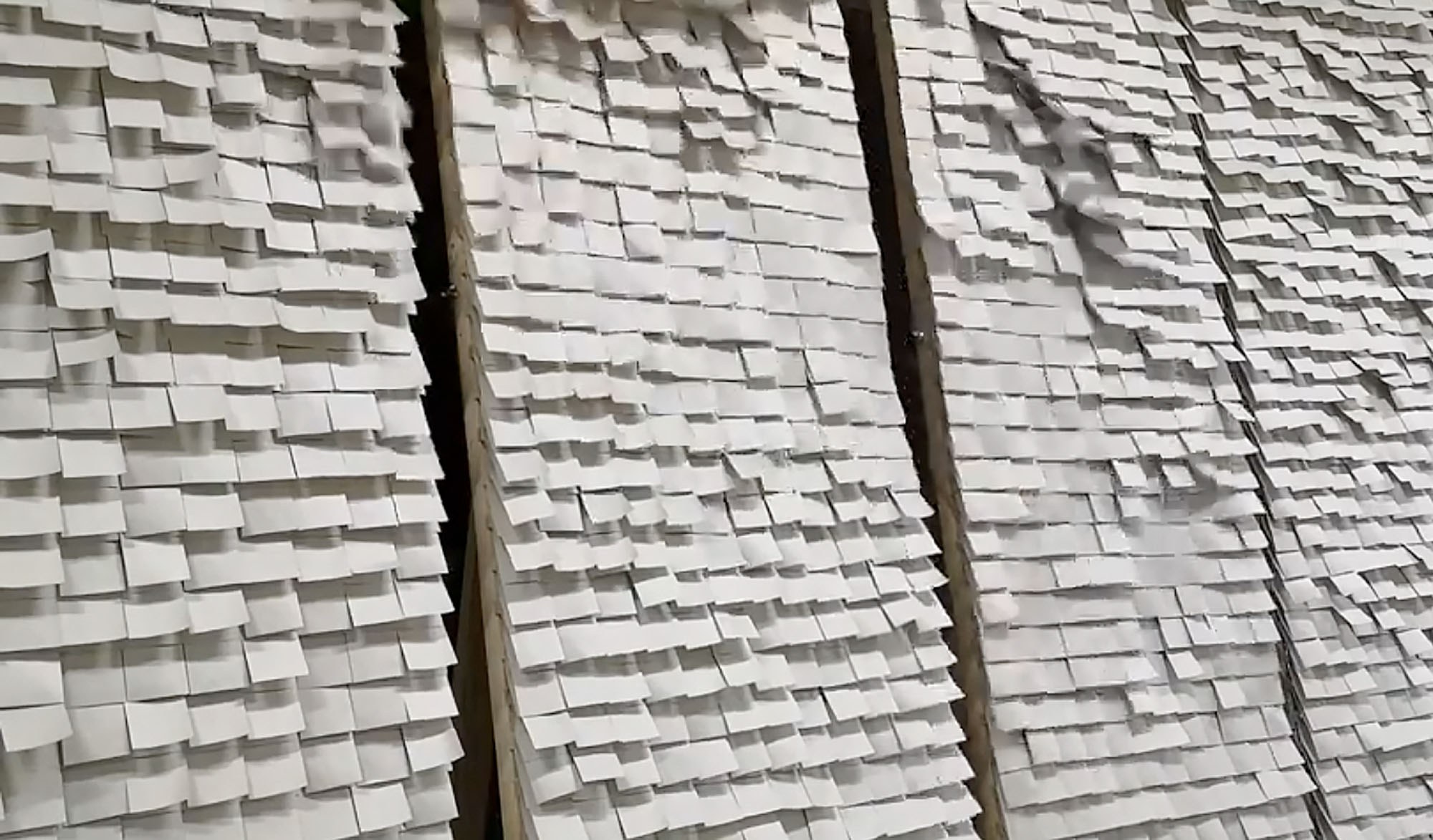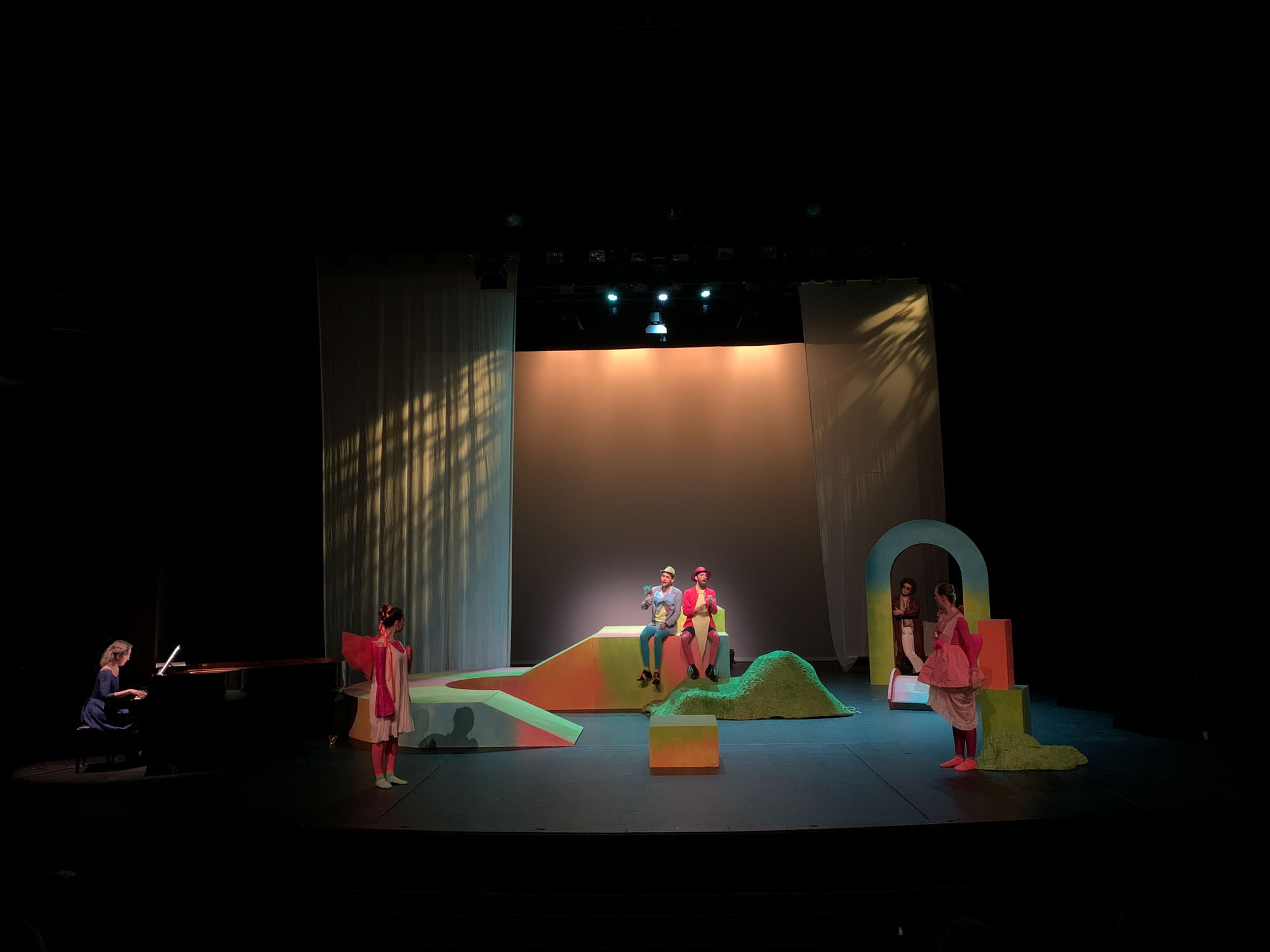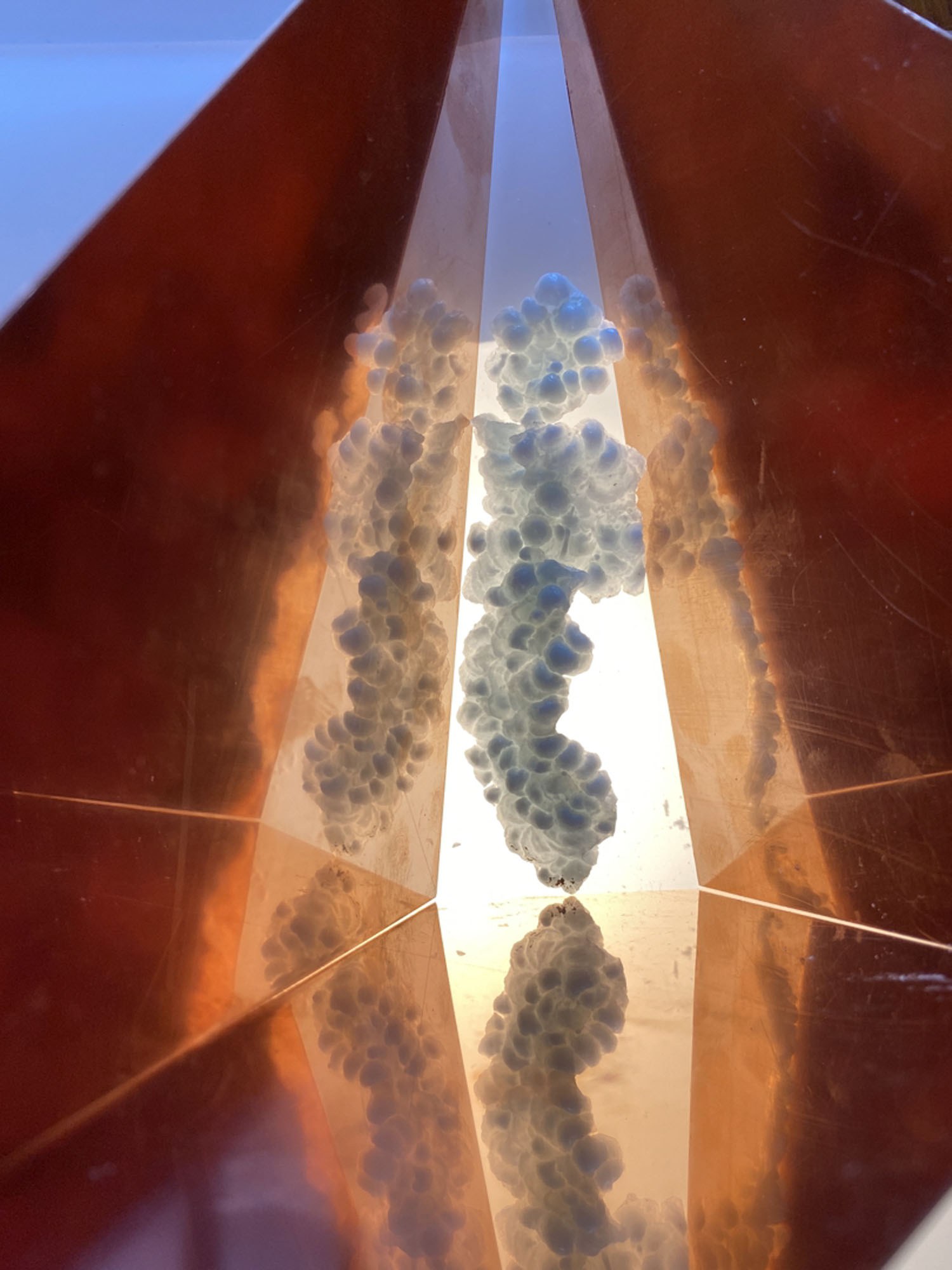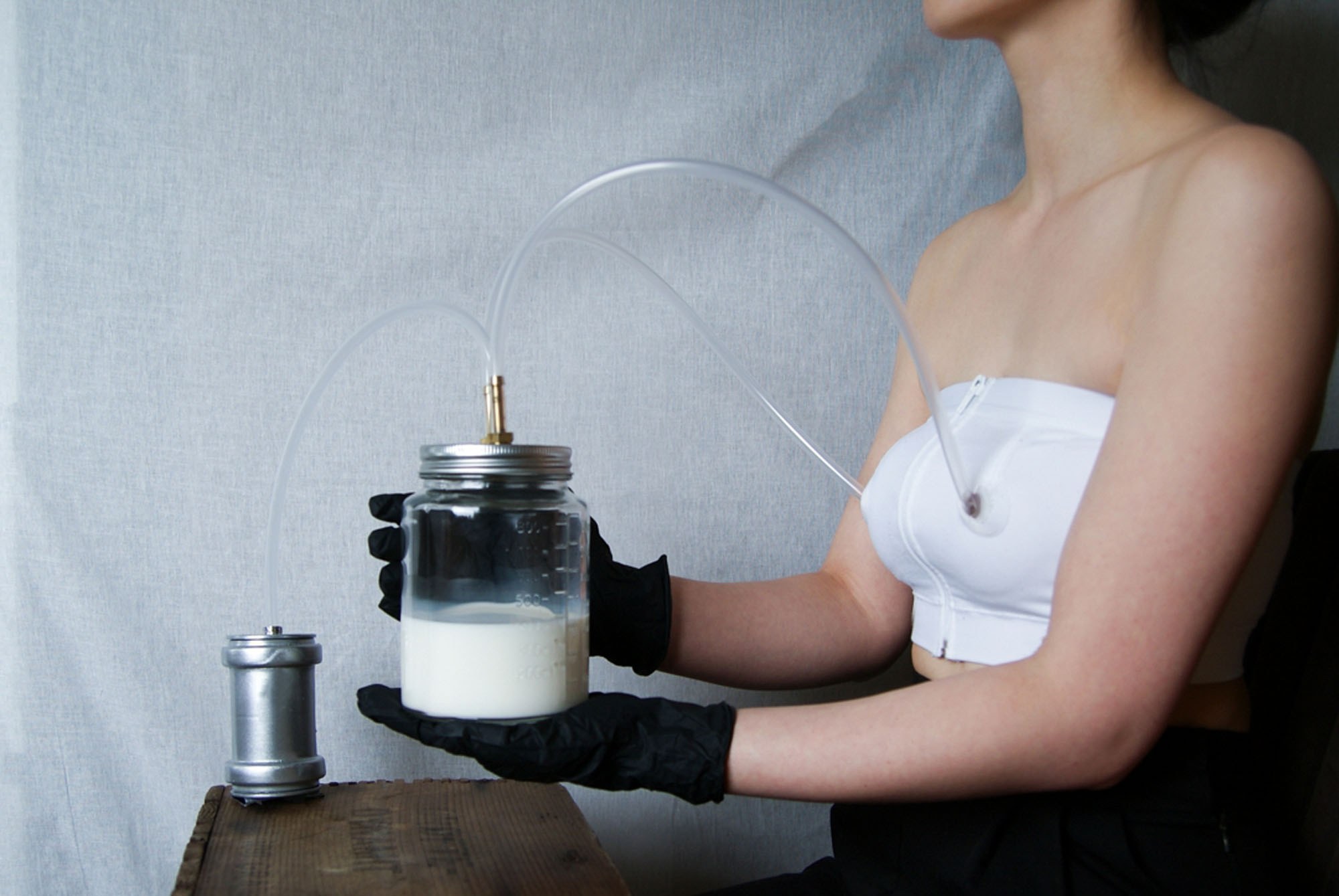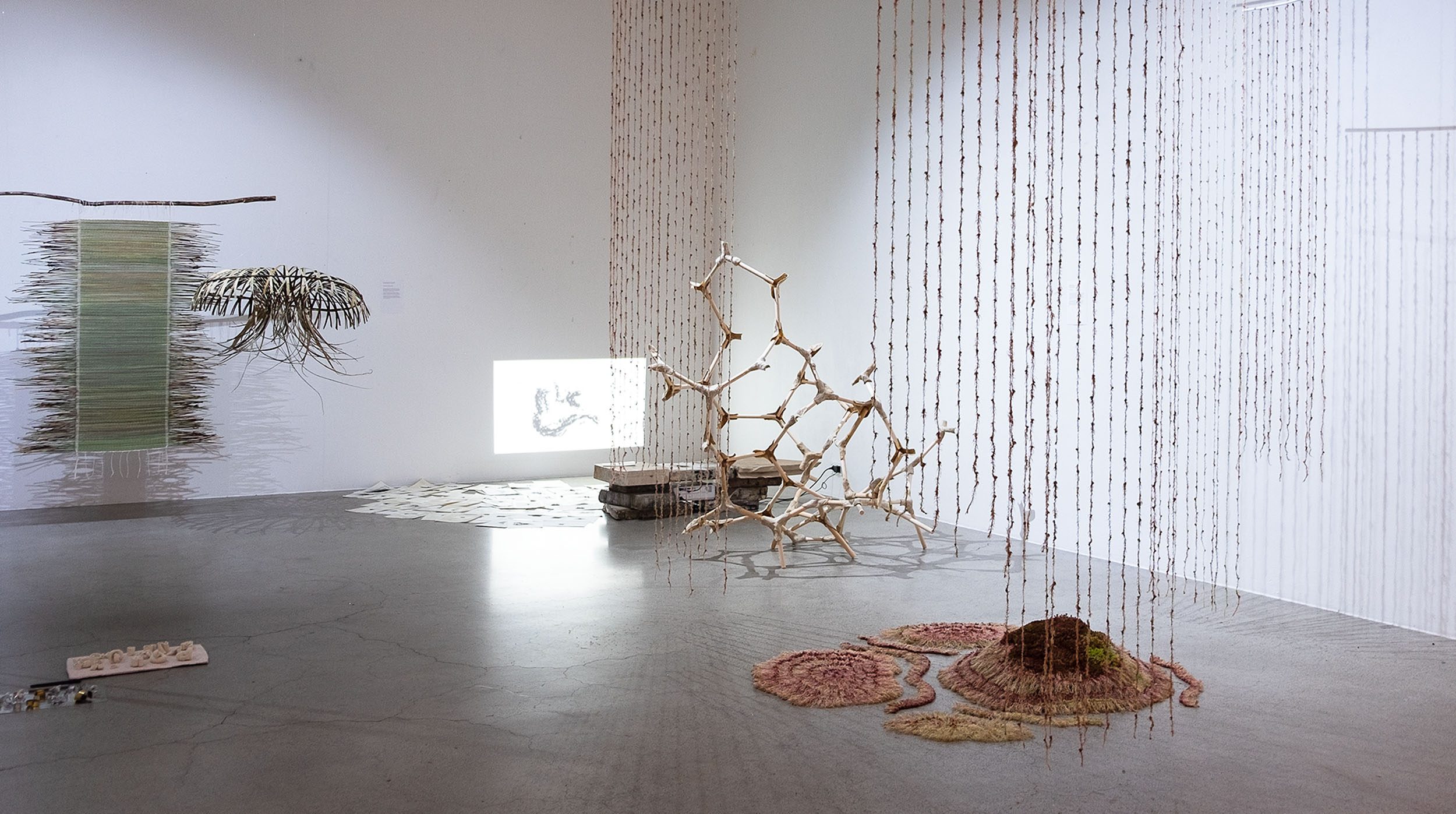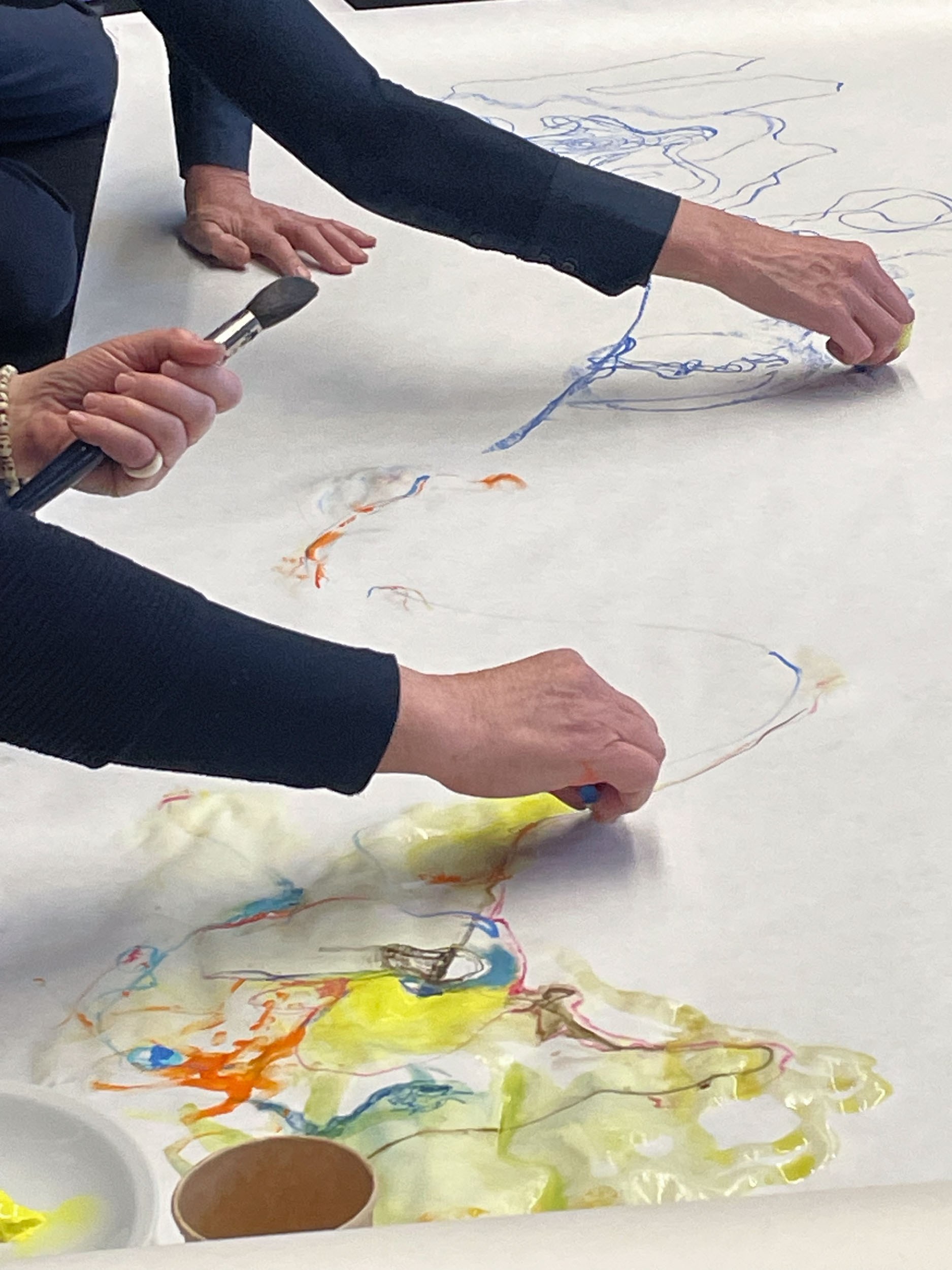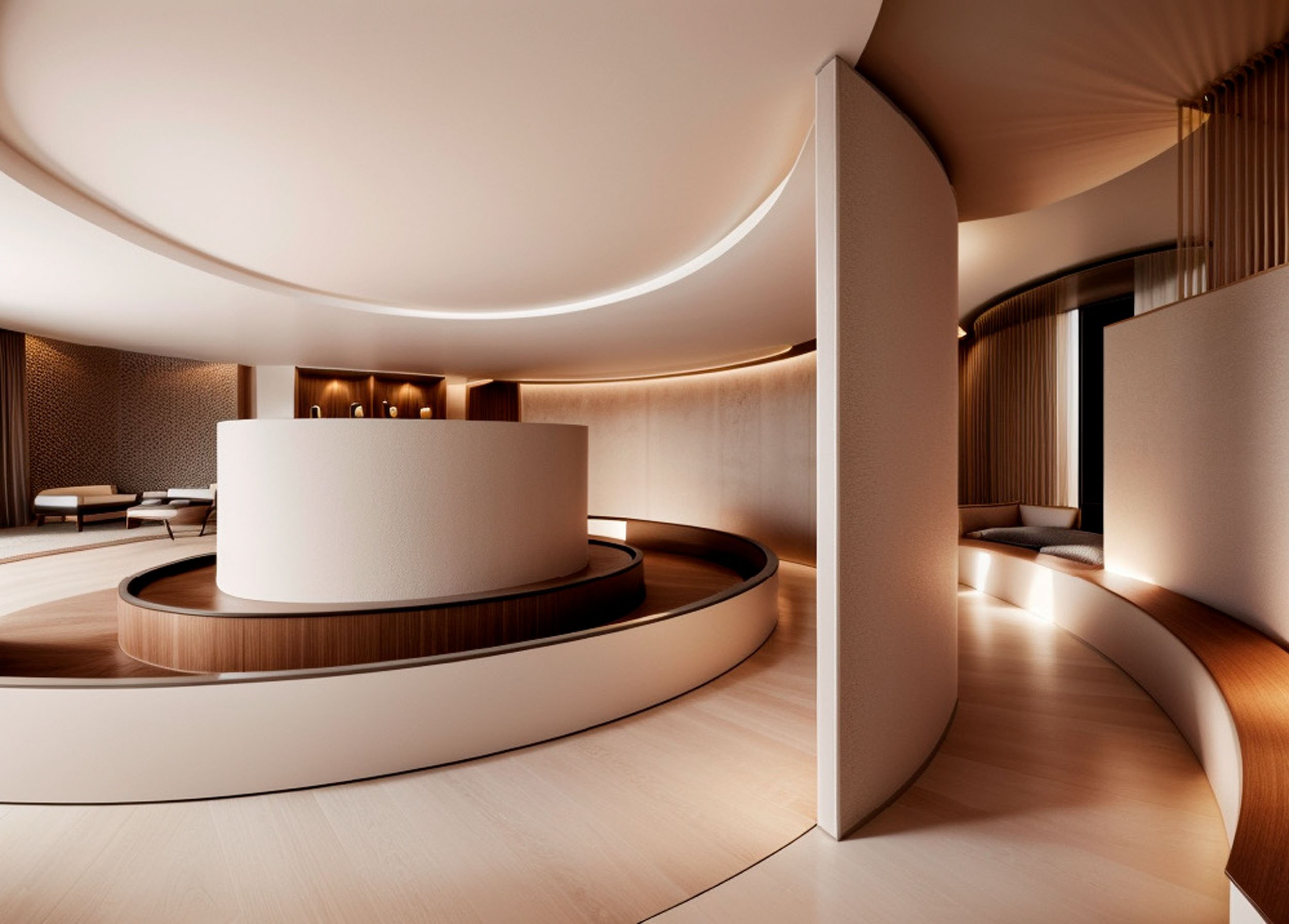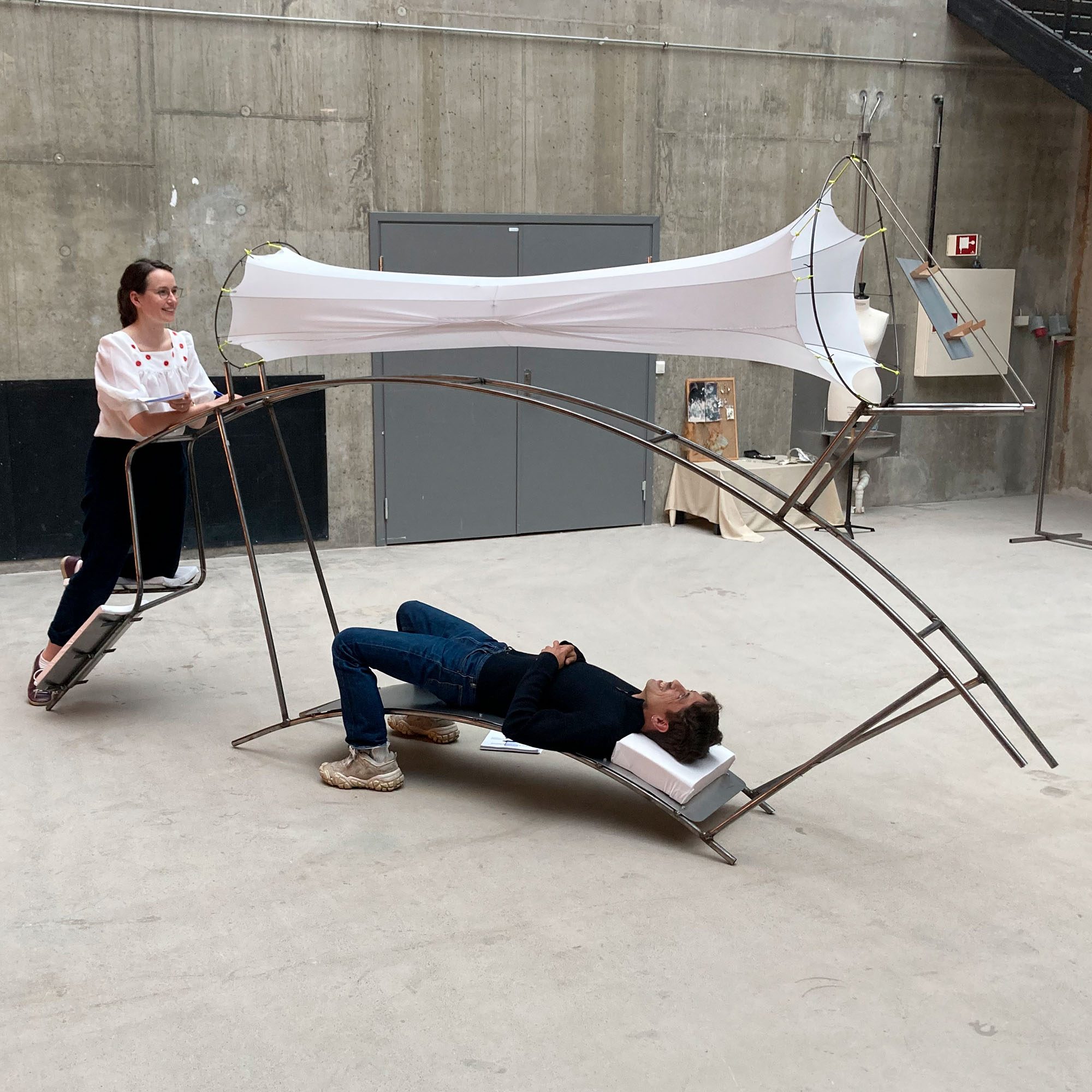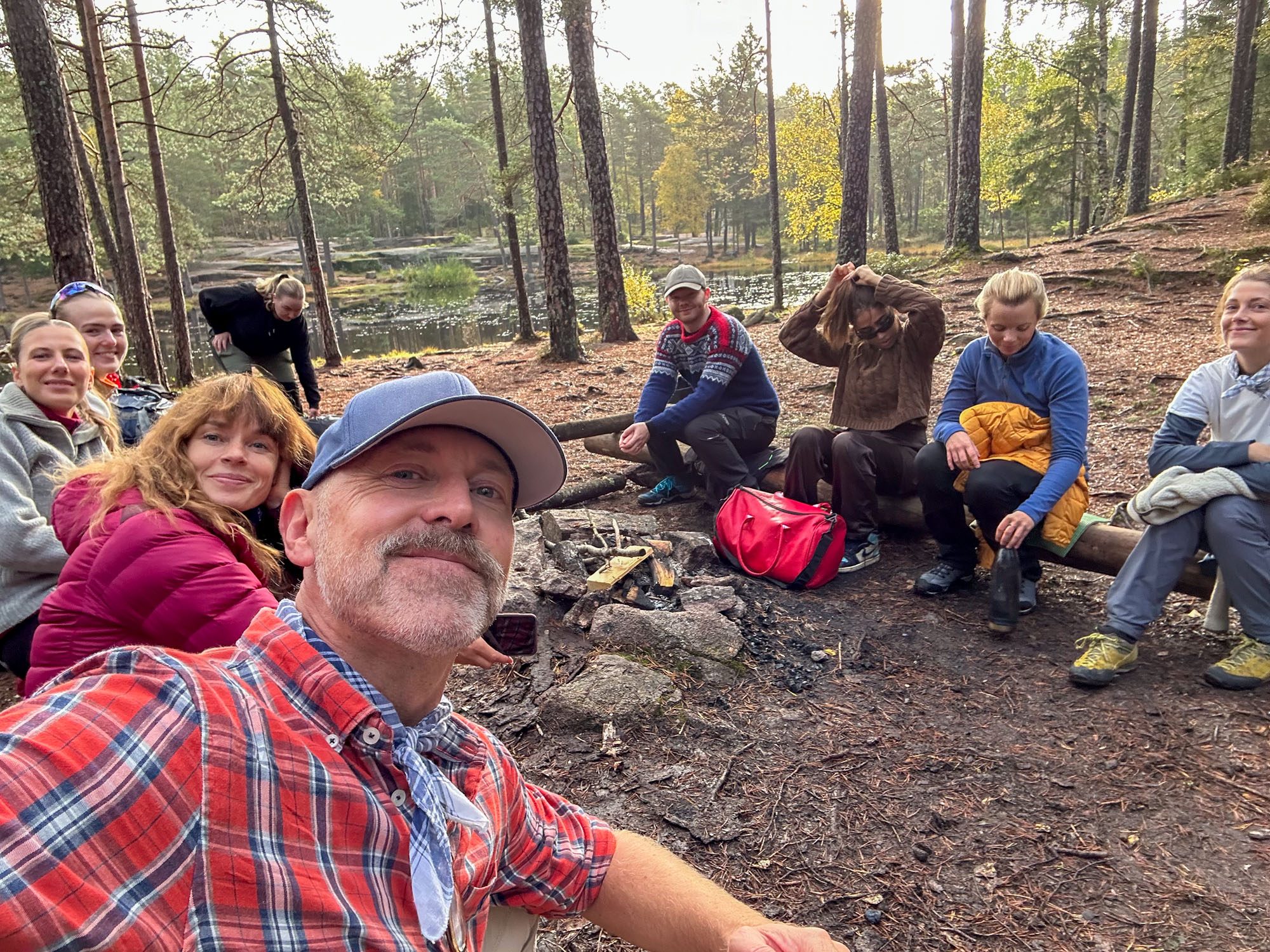One year ago, in the spring 2020, I was writing this same report under very peculiar circumstances. I was asked to reflect backwards and project forwards what the future of education may be in our fields. Yet we had just entered our first lockdown as a response to the global pandemic of the COVID-19. The unprecedented situation was new to all of us, and we had to change our practices on fly. But little did we know that something that seemed like a temporal crisis, has now become a status quo. One year later things appear less dramatic, as we have had all this time to adapt and adjust to the prevailing conditions. At the end of my last year’s text, I reflected on the then emerging situation by stating that it ironically underlined the contemporary educational ambivalence, and we ought to act on what we believed in, encountering that ambiguity with grace. And this is what we have done. I am extremely proud of all the students being very resilient, and maybe even more so about the faculty of teachers that all have starched that extra mile to rewrite, and rewrite the plans over and over again, as the working conditions have altered on weekly basis. Our modus operandi has been to operate parallel with plan A, B and C. This has been the logic as not to regress only to the worst scenario, but rather to have the ability to respond to the changing conditions by always scouting for the surfacing possibilities for providing the optimum learning platforms available. It has meant an experimental take also on our teaching practices when the basic didactic models are simply outdated.
We are not in this alone of course. The situation is hitting all of us, and most of the professional fields have had to adapt to the new conditions by developing new practices to replace the ones that are not suitable anymore. And not only that, but also all the services out there in general which may be our future clients, collaborators and users have been reconfiguring their core activities. Our realm is not the same anymore. In some sense, this has been less dramatic for us, as design is always relating its practices to the changing society and the world. The disruptions in our systems are inevitable and important. As thus these provide an opportunity for critical assessment of our practices and conventions, to re-evaluate our core activities and agendas. We have defined our key domain of knowledge creation being within the social spaces, the encountering of each other as diverse cultures within our built environments. This year has shown that not only our understanding of cultures is expanding, but also our spaces are more varied. Thus 2020 has been the year when Interior Architecture and Furniture Design pedagogies are brought to frontline by critically examining what are we supposed to learn and how this may take place.
Teaching is about encountering and about the attendance. This year has been a big leap in meetings in the digital sphere, and many things have become easier to organise and attend. Even if digitality enables us to interact in new ways, it also restricts our corporeal presence in fundamental ways. We are so finetuned with our senses to read our bodily presences and small signals in our spatial existence, which all build up to the holistic conditions for the common meeting, for the learning to take place. These come across very poorly through Zoom’s and Teams’ screens. We are very used to applying a broad range of professional interaction between us, such as meeting by the desk, in the studios or on the workshop floors. All these bear the tactile and physical dimension in them, which is the part we feel now being amputated from. Time is another aspect that has been reappropriated during the last year. On one level Zoom has created new punctuality, where things begin and end by the minute. But it has also hindered us being slow and arbitrary, which are such a vital part of teaching and creativity. We have an urge to ponder on things and we have an ability to flourish in those random encountering in odd places.
Even if the situation has challenged us in many positive ways, it has also taken its toll. The domestication of education has had several negative side effects. To use hobby equipment can be refreshing for a while, but eventually having inadequate access to professional tools will impact the quality of work. Our studios and workshops have not become obsolete, but quite the contrary an accentuated part of the mind-hand continuum in the creative processes. Their value has become ever-more apparent during these times. But the campus bears also other qualities than just working facilities. It is a social space, where we test, argue and get challenged for our ideas by our peers. And it is also a space just to be present, to sense the atmosphere of becoming, that something is in making even if we still don’t know about. The students and faculty are thus also suffering mentally of the current conditions. We have witnessed an increase in ill-being through our social isolation. Creativity may benefit from temporal solitude to focus on things, but for sure we need each other’s presence to fully blossom, both as individuals and as creators.
In terms of our recent activities, our international affairs have suffered the most. Many of our ongoing projects have had to be put on hold, due to mobility restrictions. Yet the collaborations themselves are very much alive due to the advanced distant communication. As a result, we have a record high number of international keynotes this year. Many courses had to be adapted to new formats due to the pandemic constraints, but also many courses have taken their starting point by investigating the prevailing conditions. A good example of this would be the MA1 studio within the Oslo Science City initiative. The project titled “Spaces of Learning, facilitating encountering in the post-pandemic city” brought interestingly forward the challenges we have within our future build environment in the Norwegian context by posing questions about reconfigurations of spaces for work, home, public, private, urban, nature, economy, ecology and everything in between.
Regarding the graduates for Master of Design from the last year, the students have again brought forward a broad range of issues. Zhenyuan Wu’s project “ZhiJian” develops a whole new and comprehensive concept for the funeral industry, where, among other things, education plays an important role. Tzi Li Wong examines in her project “Liquid Gold”, how she as a designer can challenge the boundaries of what we consider normal, where in the future scenario the breast milk has become a commodity. Taradol Sutjaritvorakul’s work “In-between _ Rådhusplassen _ Space” addresses an important topic how digital transformation and the use of BIG-data as a design tool can activate our public spaces. Oyindamola Rufai explores the psychological field of pattern recognition as how humans mentally relate to the surroundings in his project titled “The Allusory”. Dominika Prokurat’s project called ‘Tree-specific Architecture’ raises awareness and appreciation of city trees, by facilitating a spatial experience with the trees to provide a space for tranquillity in the hectic Oslo. Her project won the Statsbygg-award this year. Lisa Mari Nossen’s “Undring” explores how wonder can be used as a tool for material-based design processes. In her project “The Rainbow in the Room – Experiencing Space with Colours”, Auður Rún Jakobsdóttir portrays different colour experiences as characteristics of an architectural narrative at the Nedre Foss Gård. Patrick Grung’s project “Uslo” questions our empathy in the societal structures for inclusiveness of the less-fortunate ones in the two parallel spaces, Oslo and Uslo. Jean-Baptiste Caserta investigates our relationship to objects and space as material extensions of our memories in his project “In Search of Lost Times”.
Due to overlapping expiring terms of office, we are currently recruiting several new positions in our teaching and research faculty. Most of these will be in place
by the end 2021.
KHiO 2020
